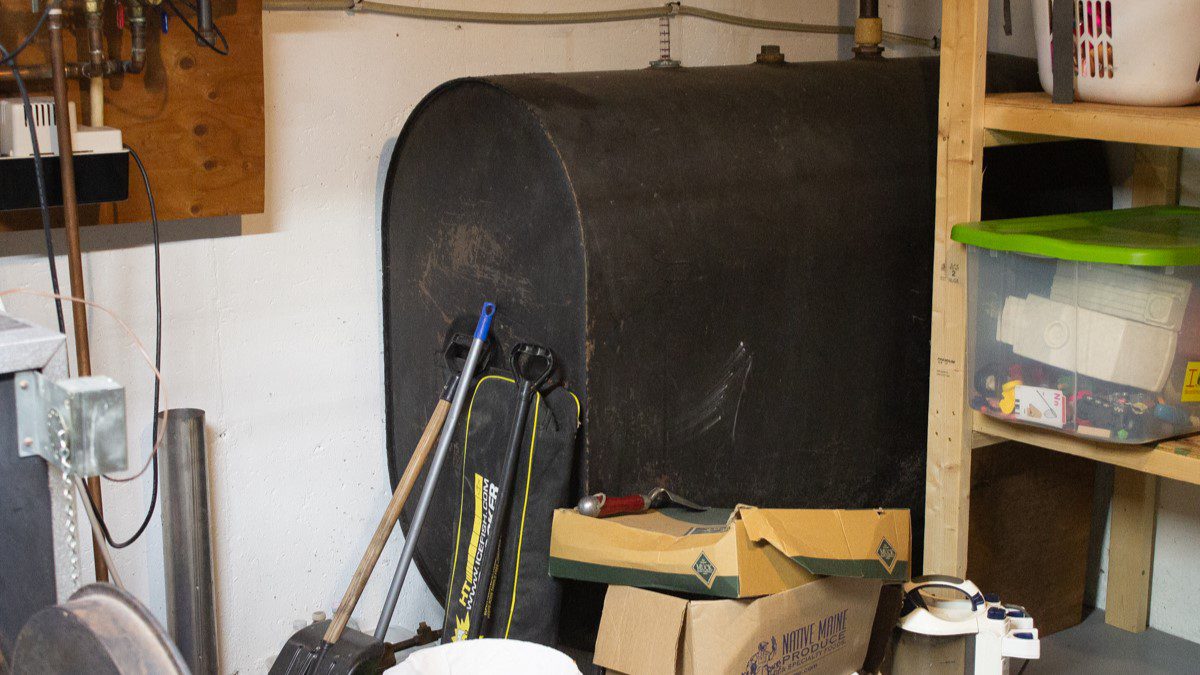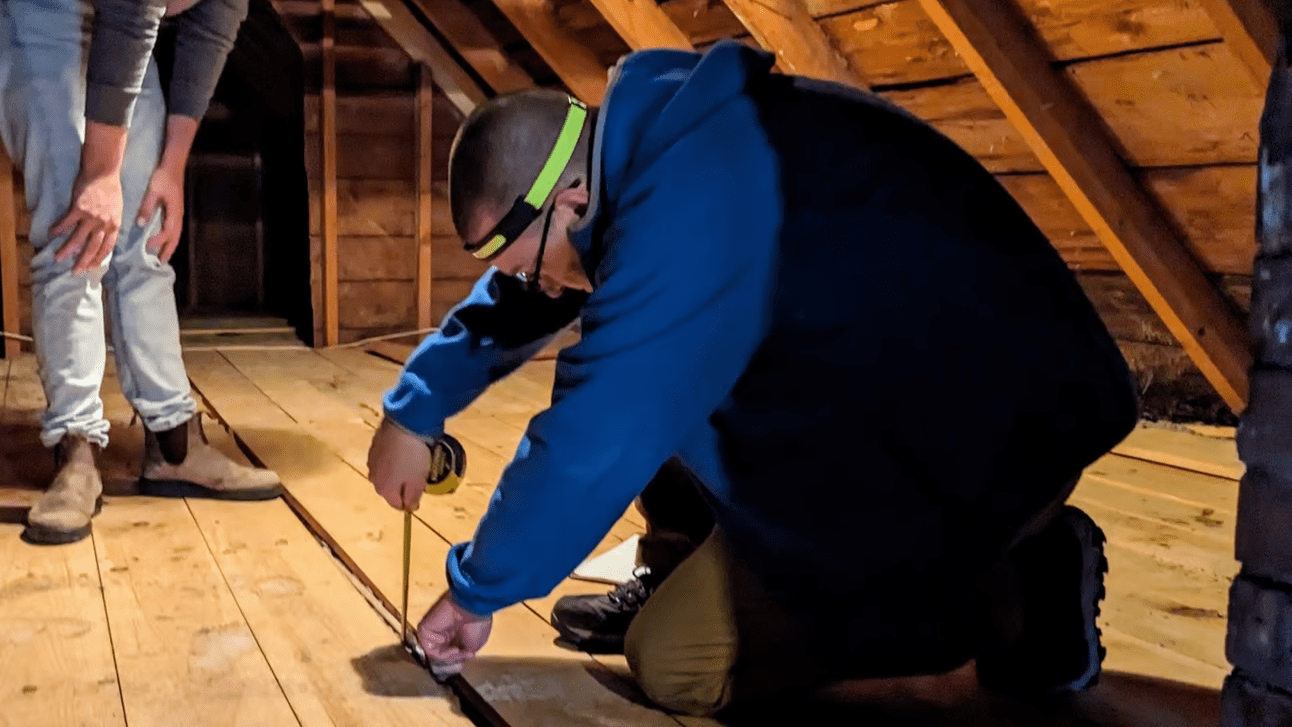At this point you probably know that you can very likely save money, shrink your carbon footprint and make your home more comfortable with energy efficiency upgrades and new heating and cooling technologies that replace fossil fuels.
But where do you start? Government websites are a maze of rebates, tax credits, loans and complex requirements to qualify and apply — not to mention all kinds of often conflicting advice from contractors, nonprofits and the media.
You might try to do some research and quickly get stuck. You have a lot going on — tons of other home improvement projects already in the queue, or a landlord who doesn’t really care.
Maybe your monthly heating bill isn’t that bad, or you don’t think you have cash to spare for an upgrade. Soon enough, it’s summer and your heating bill is far from your mind. Maybe next year.
But now is truly a golden moment for pursuing these kinds of money-saving changes in your home.
State and federal policies, aiming to curb the hefty American contribution to the greenhouse gas emissions that are heating the planet, have made upgrades like air sealing and heat pumps cheaper than ever.
Here are five tools and tips to help you take the leap.
1. Call your local community action agency’s energy staff
These county-wide, nonprofit social service providers, known as Community Action Partnerships, or CAPs, tend to have energy specialists to walk you through your options, oversee installations and help you get the most for your money.
Find your local CAP, give them a call and ask how they can help. Even if you don’t qualify for income-based incentives, these agencies may be able to give you ideas on next steps.
In my series Hooked on Heating Oil, I spent time with energy specialists from Aroostook County Action Program as they inspected a home in Castle Hill, near Presque Isle. That homeowner had first called in with an emergency — his oil system was broken and his wood stove wasn’t cutting it — but ACAP staff stuck with him to pursue months of ongoing energy changes and subsidies.
In Southern Maine, as I reported for Energy News Network this week, York County Community Action Corp. is working with Kittery and four neighboring towns on a new federal grant that will hire AmeriCorps fellows as “energy navigators” to provide a similar service.
The idea is that a resident will call YCCAC or a town energy office with a question, and will be plugged into a seamless process — receiving one-on-one coaching to identify the right projects for their home, paperwork and installation help, and even extra funding to fill cost gaps.
That pilot program will launch this summer, and officials say they hope it could provide a template for similar future efforts in other parts of the state.
2. Use online tools to explore federal tax credit options
You can knock thousands of dollars off your tax bill after paying out of pocket for home energy and efficiency upgrades — typically 30% of project costs, up to combined caps of roughly $2,000 across various project types. These caps reset each year, so it can be wise to spread your projects out to maximize your credits.
EnergyStar.gov lists all the latest credits available but can be hard to navigate. The nonprofit electrification advocacy group Rewiring America runs a great incentive calculator that is more user-friendly. Remember, these federal credits stack with state rebates and other up-front incentives.

Rewiring America also has a handy chart to help you consider the ideal order of operations and biggest benefits when electrifying your home, whether you rent or own. Or download a longer guide and go to page 5 for a visual table of contents that shows where upgrades might go within your home.
I also broke down the available incentives in two tip sheets as part of my heating oil series last summer.
3. Read Efficiency Maine’s website and call with questions
Efficiency Maine is the quasi-governmental state agency that runs Maine’s energy rebate programs and other incentives. They can help you save thousands of dollars on your home energy plans, depending on your income level — but their offerings and website tend to change on an ongoing basis, and it can be hard to tell what programs are right for you at any given time.
As of the start of this year, some of the top state energy incentives focus on insulation and heat pumps for air conditioning and space heating (either as your primary heat source — more on that complex program — or, for low-income folks, as a supplemental source) as well as water heating (state rebates knock many heat pump water heater models down to $400 or so).
You can also get money off a new pellet stove or many other kinds of fossil fuel alternatives and energy-saving technologies. And you may qualify for a low-interest loan to help you pay back your project costs at an affordable pace.
Check with Efficiency Maine’s call center at 866-376-2463 when in doubt. And check back on their site often — new state rebates from the Inflation Reduction Act are coming soon, but aren’t here quite yet.
4. Get advice from your neighbors and an energy auditor
Efficiency Maine’s contractor database is daunting — for example, I just searched for heat pump installers within 25 miles of where I live in Camden and got back 55 options. A good problem, given long wait lists and supply chain delays at many companies, but still a big task for a consumer to sort through.
This is where you should turn to your community. Chances are, someone within a few blocks of you has done some of the work you’re contemplating within the past couple of years. Ask around — in the school pickup line, at town hall, book club, the market or just when you see someone out in their yard with a new heat pump on the side of their home — to get recommendations for contractors.
Be sure to take the time to compare your options — different companies may have different ideas or approaches to new technologies and upgrades, not to mention different rates. Rewiring America and Efficiency Maine both suggest important questions to ask your potential electrification contractor.
An energy audit is a crucial place to start, especially if you aren’t sure what project to tackle first. Many insulation companies and others offer these audits as a kind of sales incentive, but you can also go with an independent auditor for a bigger-picture view, as I wrote about in this newsletter late last year.
Make sure your auditor gives you a copy of their notes, measurements and pictures of your home — you can share these with future contractors to save both of you time and money on duplicative visits. Your auditor may also be able to recommend other companies to cover all the services you need. And remember, you can write part of the audit’s cost off your taxes, too.
5. Make a multi-year energy upgrade plan
If you feel like you’re going in circles trying to decide what project to pursue first or how much money to set aside for it, you’re not alone. My home energy audit gave me a sense of potential priorities and some contractor recommendations, but I’m still struggling to decide who to call first, and it’s easy to lose steam.
So I’ll try to take my own advice. After this, I’ll make some tea, sit at the kitchen table and go back over my audit report. I’ll write up my own list of project ideas so I can play around with timelines and costs, and I’ll put a goal on my calendar to call a contractor, any contractor, in the next few weeks.
The work takes time and the paths forward may feel daunting, but you’ll have less control over cost, options and timing if you wait until some part of your current setup breaks down. There’s no time like the present to ask for help and to start reaping the cost and comfort benefits of the climate transition.







